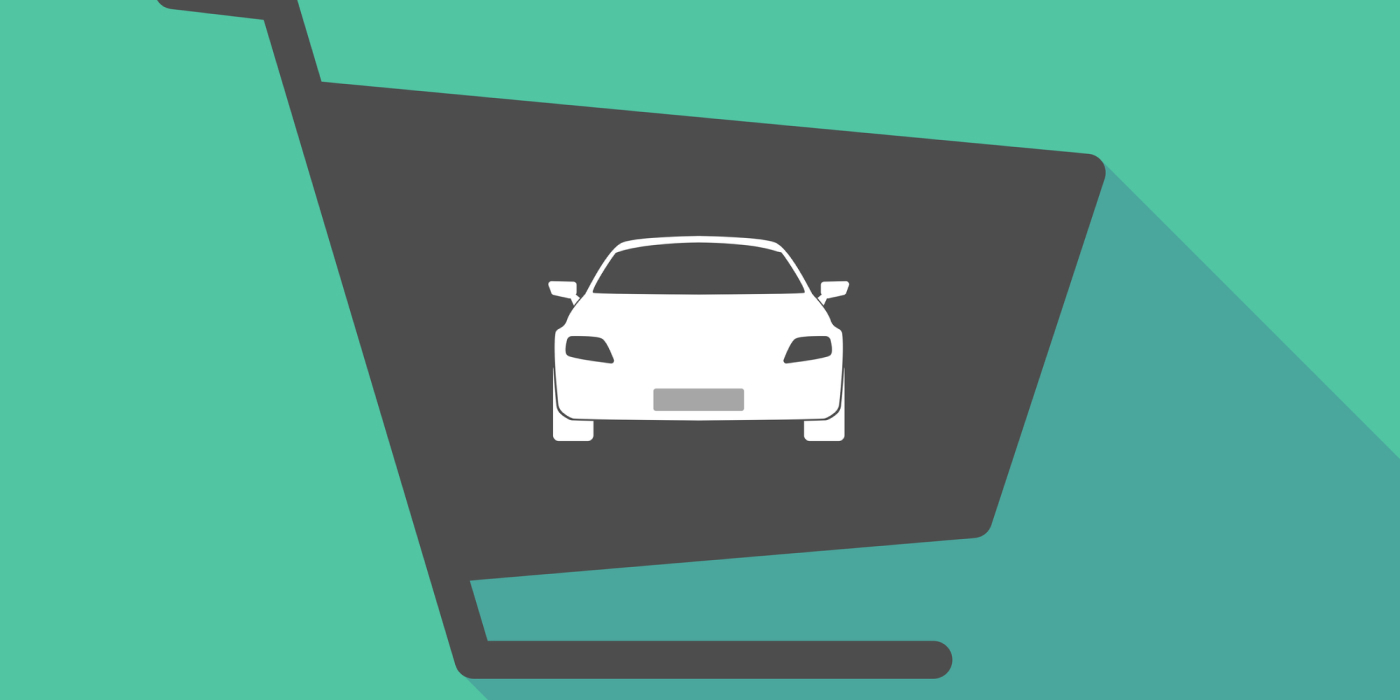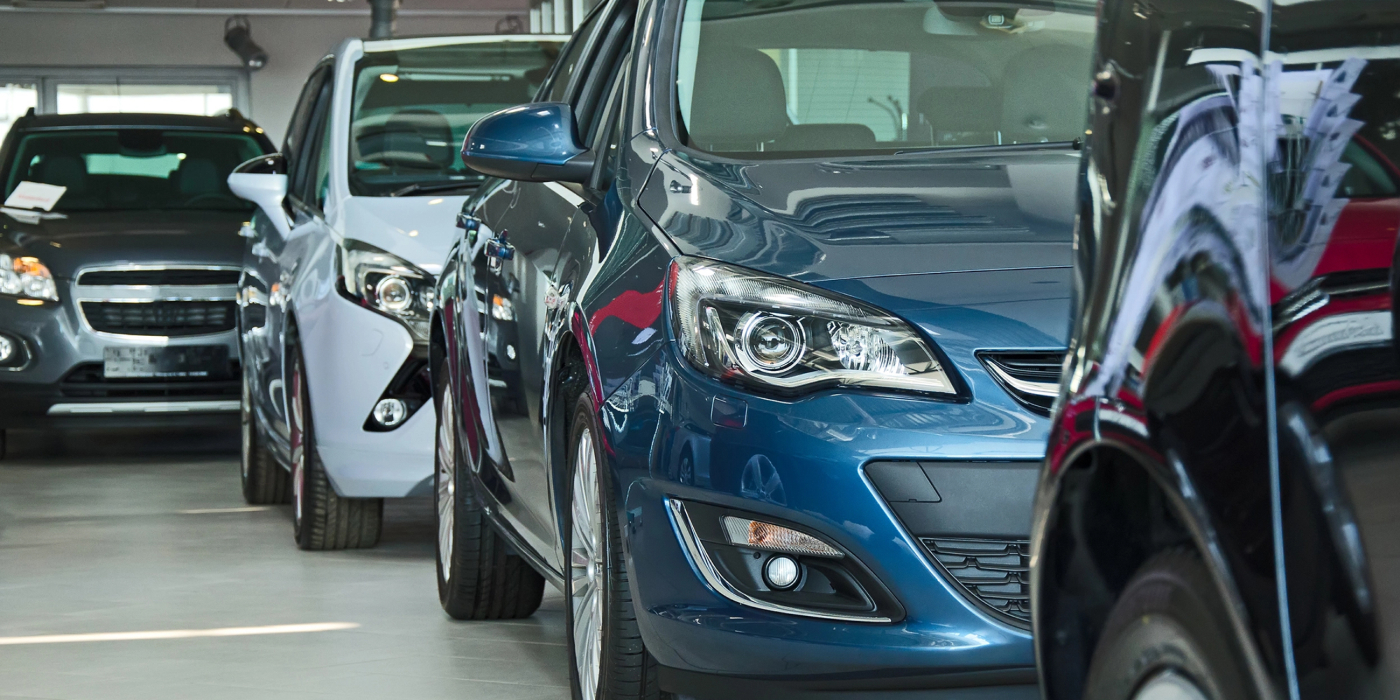The Shift Towards Online Automotive Shopping
The automotive industry is shifting as more consumers embrace online car shopping. The traditional process of visiting multiple dealerships, negotiating prices, and arranging financing is increasingly becoming a streamlined, digital-first experience where buyers can research and compare vehicles before stepping into a dealership. This transformation is reshaping how cars are sold and bought, offering greater convenience, transparency, and flexibility. As consumers grow more comfortable making major purchases online, the shift towards online car shopping is growing and automotive companies are adapting accordingly.
Here’s a look at how the growth of online car shopping is affecting the automotive industry.
Increasing Online Automotive Retailers
While traditional dealerships still dominate overall market share, digital-native platforms are growing. They offer home delivery, return policies, and vehicle pickup options to simplify the shopping experience further. Carvana’s first-quarter results topped Wall Street’s expectations as the company reported record sales driven by higher-than-expected industry demand amid fears of price increases due to automotive tariffs. The online used vehicle retailer reported a 46% increase in year-over-year sales during the first three months of the year with nearly 134,000 used vehicles sold. Vehicles come with a seven-day return policy as opposed to a traditional test drive. This ensures customers have the right amount of time to determine if the vehicle fits their specific needs.

Hybrid Sales Models
Many companies are now offering both in-store and online buying options to accommodate evolving customer preferences and make the shopping experience more convenient, flexible, and frictionless. Buyers might start their search online but visit a dealership to test drive or complete the sale. Dealerships are creating seamless transitions between online and in-person interactions. This connected, omnichannel approach enables consumers to move fluidly between digital and physical spaces, ensuring that any progress made online is reflected in-store without repetition or vice versa.
In 2024, vehicle buyers spent more time shopping for vehicles online, talking with others and visiting dealerships, according to a recent Cox Automotive study. The extra time in-market did not adversely affect vehicle buying satisfaction. This is primarily because the additional time was allocated to shopping, test-driving and learning about product features, rather than the actual purchase process. Digital solutions are helping automakers and dealerships simplify and expedite the car-buying process, making it more efficient and easier.
Streamlined Financing and Paperwork
Online platforms have made it easier to apply for loans, get trade-in evaluations, and sign documents electronically. Consumers can instantly see all financing options, estimate monthly payments, and secure financing, all online. This streamlines the financing and registration process, reduces time spent on paperwork, and enhances the customer experience. Buyers completing key steps online, such as applying for credit or pre-filling paperwork, saved an average of 42 minutes at the dealership, according to Cox Automotive.
Digital vehicle sales platforms are expanding their capabilities, enabling car buyers to complete more tasks without having to go to a dealership. eBay recently acquired Caramel, an online platform that simplifies vehicle transactions. Caramel’s technology streamlines the vehicle sale process, including title transfers, financing, transportation, and other related tasks. The acquisition aims to improve the vehicle buying and selling experience on eBay Motors. The integration of Caramel’s platform will enable secure and efficient vehicle purchases across all U.S. states.

Regional Fulfillment Models
As demand for electric vehicles continues to grow, automakers are adapting their fulfillment operations to keep inventory closer to customers, enabling greater availability and faster delivery. The regional model allows GM to quickly ship EVs to nearby dealerships rather than storing them directly on a dealer’s lot. GM is expanding its regional fulfillment model to cover a larger area and inventory more vehicles.
GM currently has six fulfillment centers in the U.S. that cover dealerships in 33 states. The automaker plans to expand that availability to all 48 contiguous states. Delivery from fulfillment centers takes only a few days, as opposed to the weeks-long delivery timeframe usually given to dealers when a vehicle is delivered directly from the production plant. While GM’s regional fulfillment network is currently only for electric vehicles, the automaker is planning on adding ICE models to the network.
While there’s still value in in-person experiences, the ability to buy a car from the comfort of your home is reshaping expectations. For buyers, it means more control, transparency, and convenience. For sellers, it means embracing digital innovation, flexible shopping experiences and fast fulfillment, providing consumers with a hassle-free buying process.
For more information about how our delivery management solution can help you manage your deliveries more efficiently, please contact info@bringoz.com.
